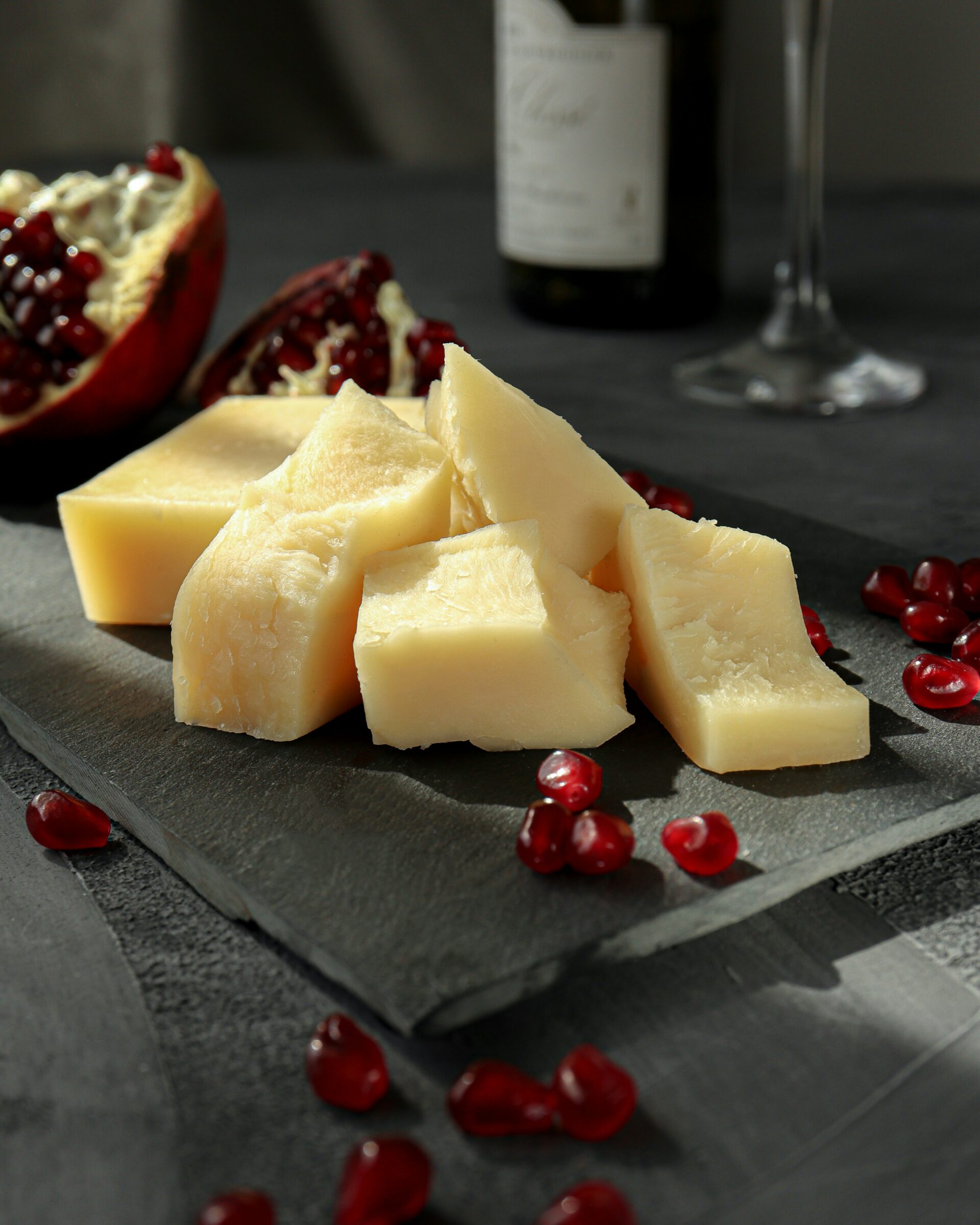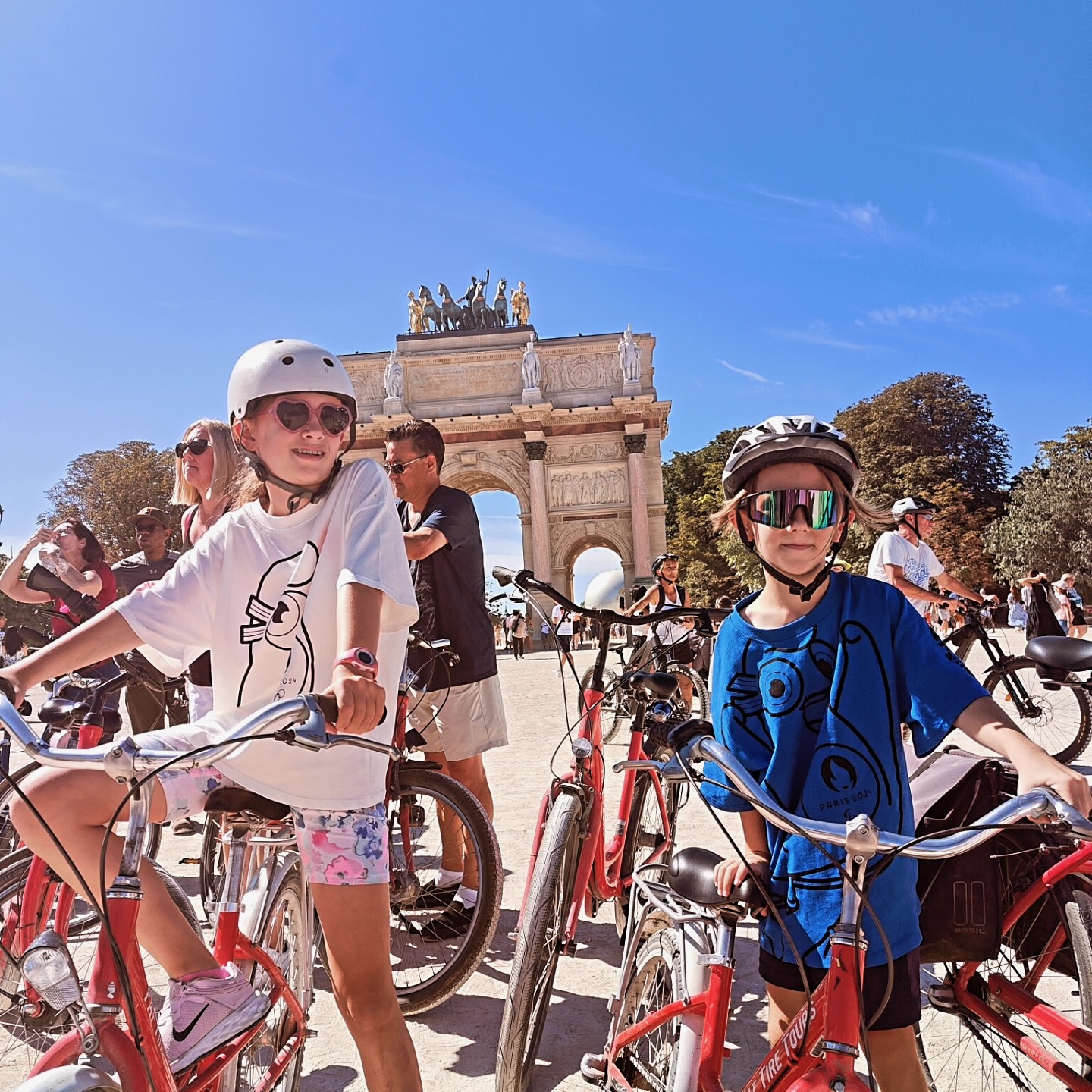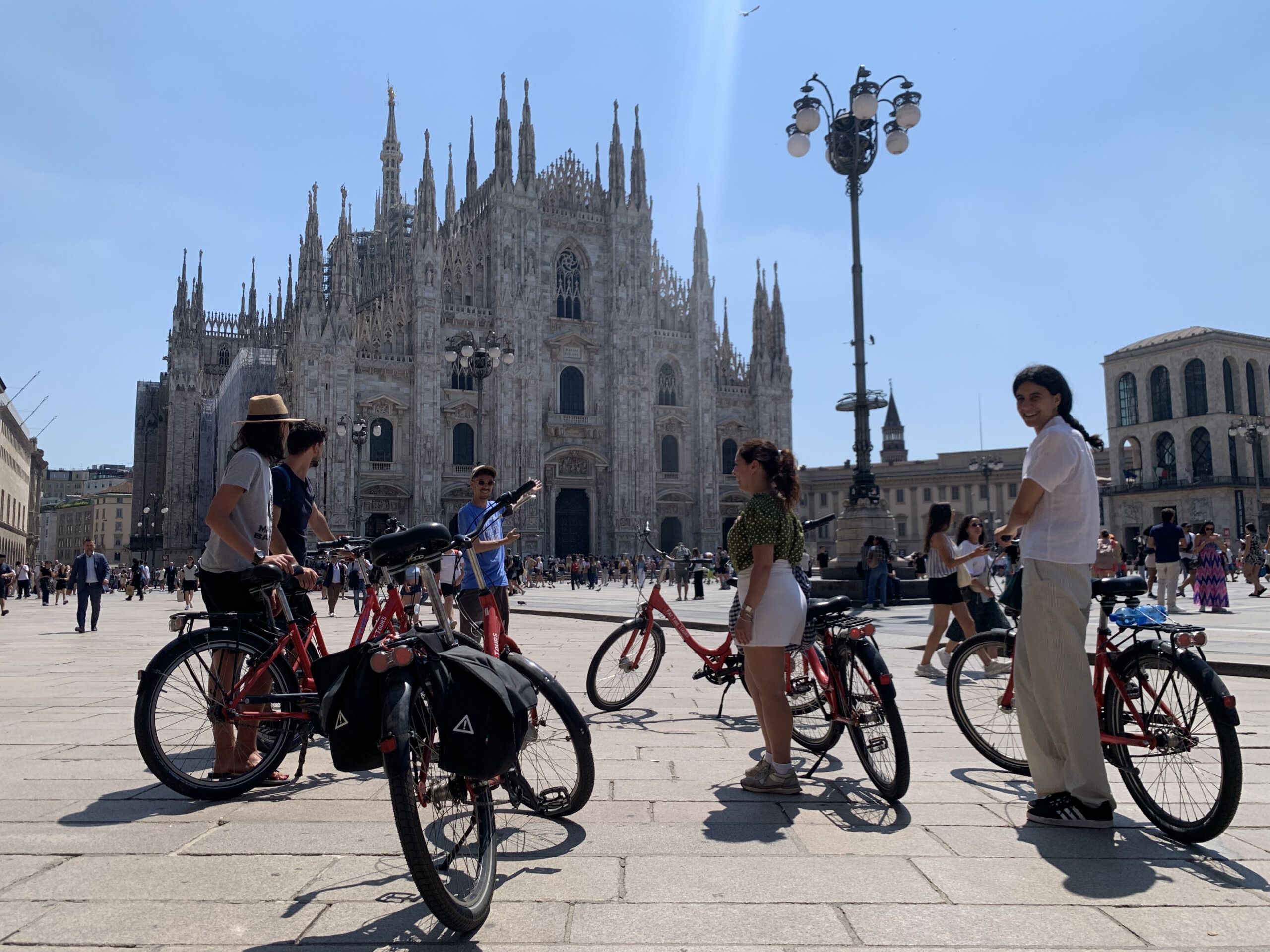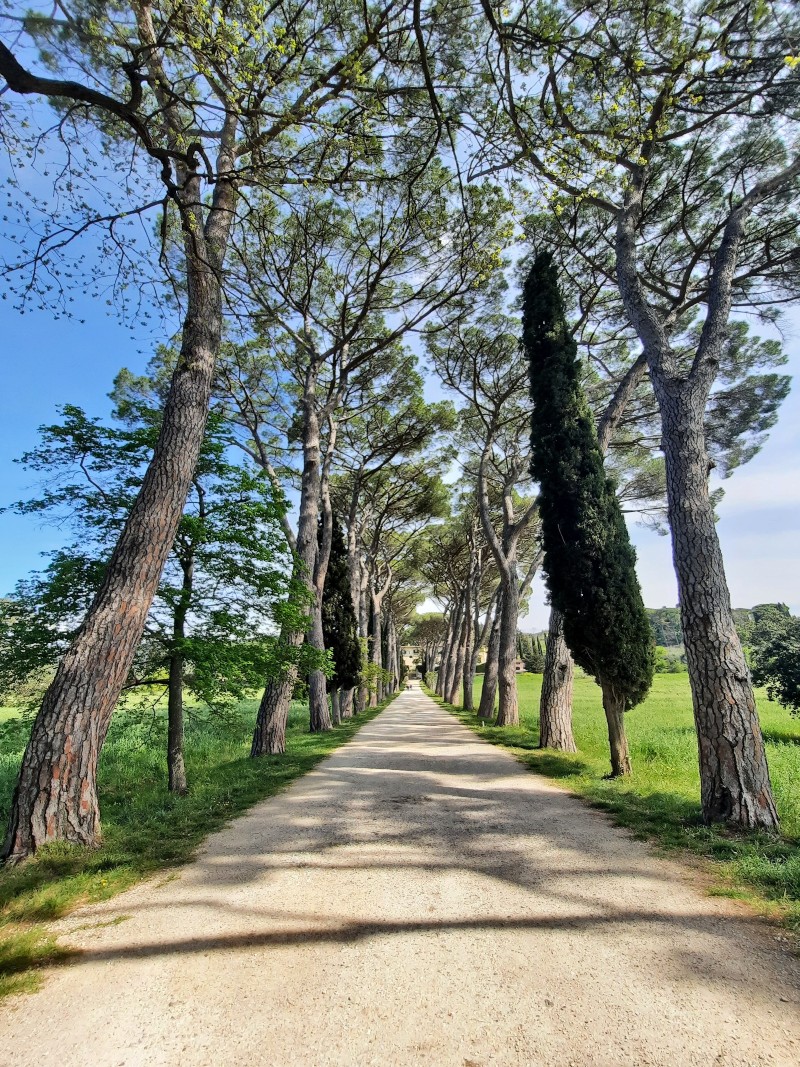
Bienvenue en France, the land of baguettes, wine, and lots and lots of cheese!
Now, before the dairy section at the supermarket sends you into a cheesy meltdown, read this article which should help you know more about some of the different fromages you are likely to see in Paris’ stores, markets and restaurants.
French blue cheeses might look, similar, but can have totally different tastes. Bleu d’Auvergne, for example, is deliciously creamy, making it perfect for pasta sauces or salad dressings. Roquefort, made in the South of France, is great on a slice of freshly-baked baguette. It’s also often used as a sauce, drizzled over steak.
Camembert is one of France’s most famous cheeses, but you rarely find it on any restaurant cheese plates, maybe because there are so many poor-quality versions sold in supermarkets. But don’t let this put you off. Go to a fromagerie (cheese store) and ask to taste some. It’s a great way to learn. All the cheesemongers I’ve met at French markets are usually helpful; happy to share their love of the product.
Brie is another well-known French cheese. I love the Brie de Meaux, produced just 50 kilometers to the east of Paris, around the Seine-et-Marne region. It’s a creamy and smooth cheese that pairs perfectly with a glass of Champagne, Bordeaux or Burgundy. If you’re putting a cheese plate together, you should definitely consider a Brie.
You’ll often see little bûches (logs/rolls) of Chèvre (goat cheese) sold at French markets. It’s often used as a pizza topping, but my favorite is on a bed of crisp lettuce, sliced and melted onto warm pieces of toast, then drizzled with honey and walnuts.
Comté is a tasty, relatively hard cheese made from unpasturized cow’s milk. The ones you may find on expensive restaurant menus may even have been matured for up to four years. It’s an ideal pairing for dry-cured ham, and can be the star performer of a cheese plate.
Reblochon comes from the Alps region of Haute-Savoie. If you’ve ever had a tartiflette (a French dish made with potatoes, bacon or salmon and cheese) then this was probably the cheese used. It’s softer than Brie, but has a stronger aftertaste.
One of the oldest cheeses in France is the semi-hard Cantal. it has a strong, tangy taste. The more aged a Cantal is, the harder and more crumbly it will be. I recently had a really good salad with Cantal, slices of apple and some sprinkled nuts.
This was just a selection of cheeses to get your taste-buds going.
Now, here are a few words of warning so that you don’t make the same mistakes as I’ve done over the years…
– Raclette cheese is only for raclettes (a sort of cheese fondue)!
– Emmental does not taste like grated cheese in the UK and US. It is very mild.
– Heads up, Brits and Americans: the French believe that Cheddar is the plastic cheese used in cheap burgers. If you are desperate for a fix, Monoprix have started stocking cheddar (hiding it behind the Emmental as far as I can tell) and Marks and Spencers have their own brand too.




